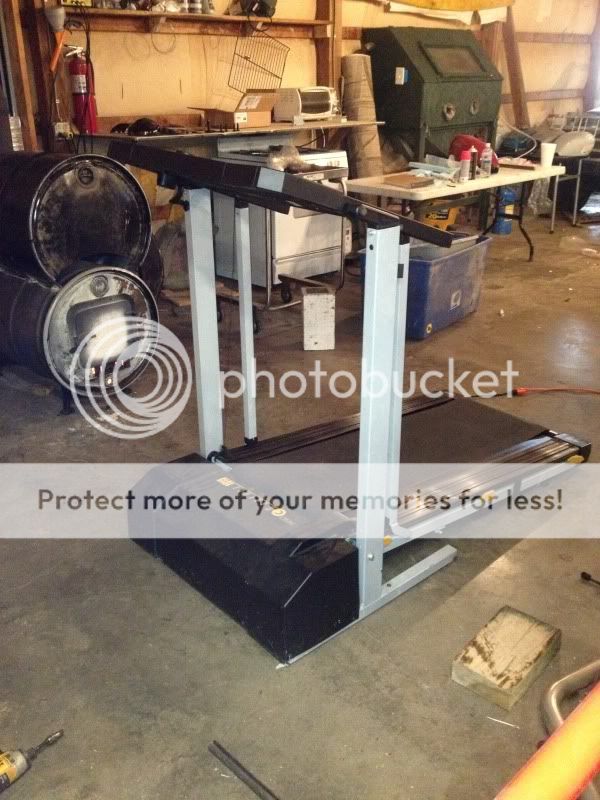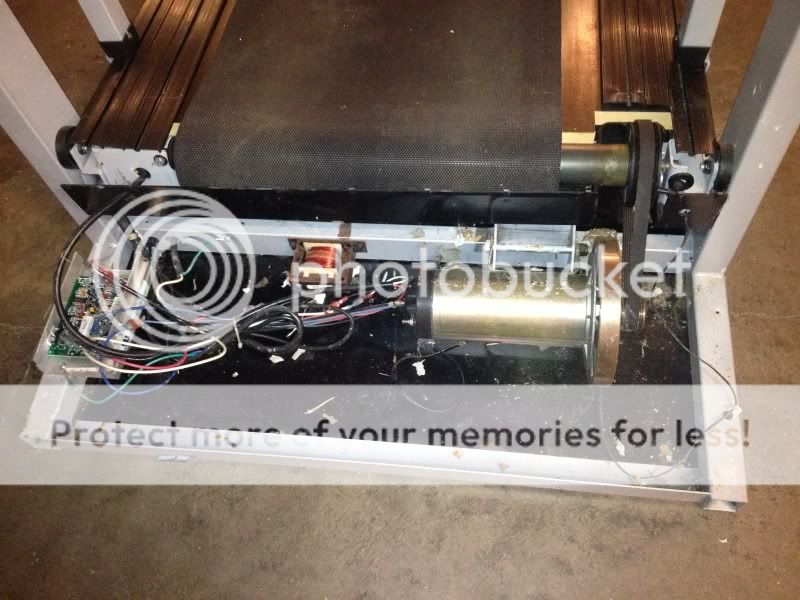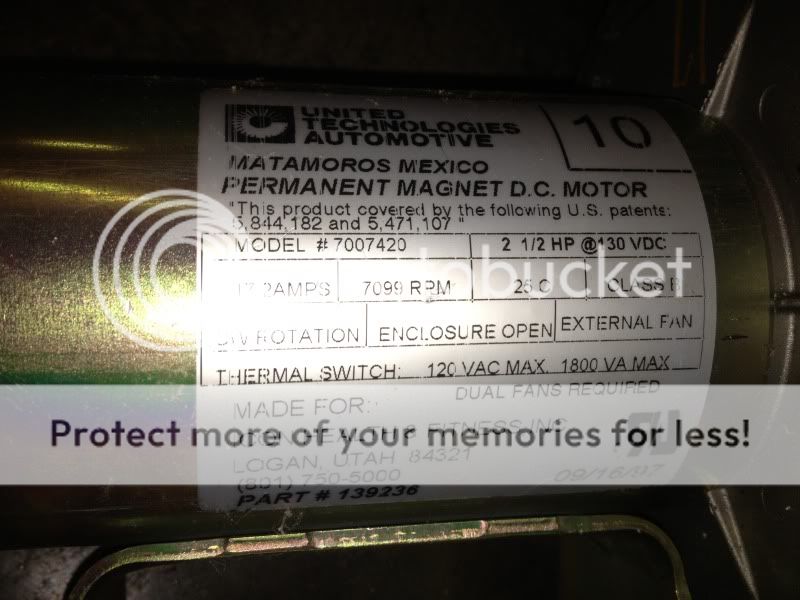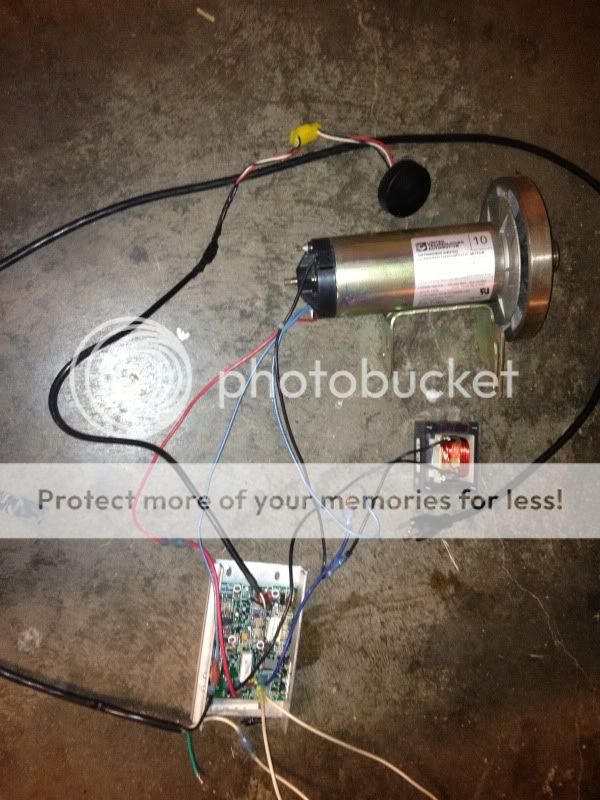VonYinzer
Over 10,000 Posts
SONIC. said:How is it applied?
Regular old spray gun.
SONIC. said:How is it applied?
xb33bsa said:collets are used instead of a jawed chuck to hold different sized and shaped barstock..
quite handy for production runs
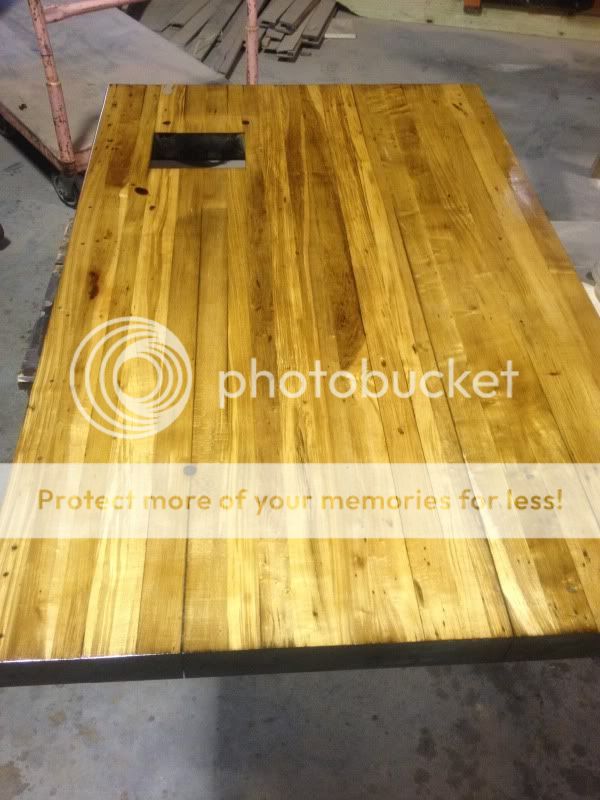
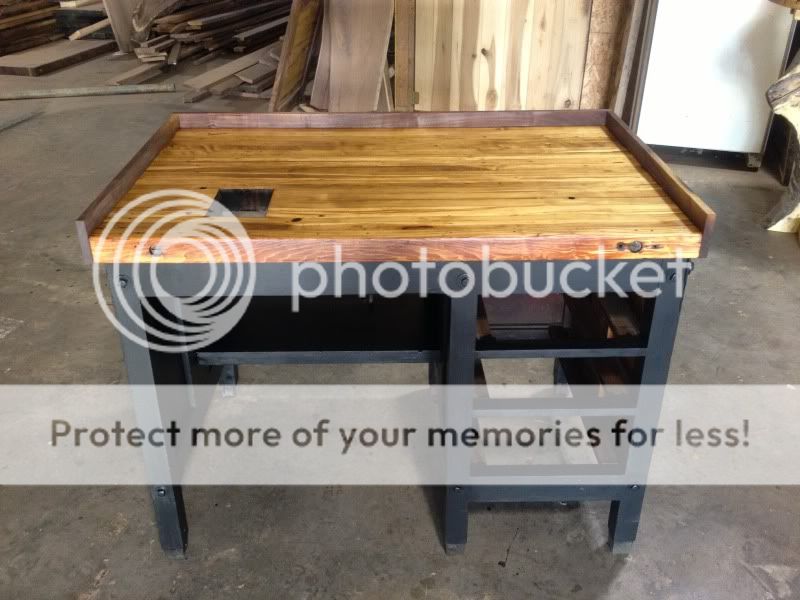
JustinLonghorn said:Furniture is your trade, correct?
yThat was probably the original colour. You'll probably find lead or brass as a filler, (if there is any) plastic fillers were not used in 1930'sVonYinzer said:Beautiful machine. Paint it battleship grey.
crazypj said:yThat was probably the original colour. You'll probably find lead or brass as a filler, (if there is any) plastic fillers were not used in 1930's
